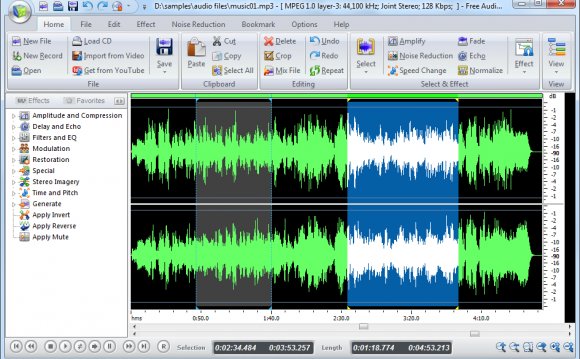
Edit Decision Checklist or any other Venture Interchange File
As soon as the edit is total, you'll export your entire edit choices for use on another modifying system. Older modifying systems make use of a relatively easy text format called an EDL, while more recent interchange formats, such as OMF, AAF, and Final Cut professional XML Interchange structure, describe more details of your initial sequence.
On Line Modifying
Online modifying, now better-known as finishing, begins with a traditional task file or a task interchange file, which describes the news you will need to reingest at full high quality. On the web modifying in fact features almost no regarding editing into the standard sense. Timing, storytelling, and fine-tuning your edits should-be full in the offline modifying period. Online editing centers around picture quality, color modification, keeping broadcast movie specifications, detail by detail results work, games, sound levels, and so on. When compared to offline modifying stage, an internet edit program goes very quickly (anywhere from everyday to a week), and generally calls for more expensive gear.
Essential: it is crucial that you maintain precise timecode, reel brands, and file metadata for keeping track of where video footage is located in both tape-based and file-based news. Ensure you log films and label tapes as well as other media very carefully to be able to reingest video footage at any high quality later.
Just how Sound Is Handled in the Offline/Online Editing Process
The offline/online workflow tends to give attention to movie, but just how is audio handled? Sound has much lower information demands than video clip, therefore audio is nearly constantly ingested at its native sampling rate and bit level, also for traditional editing. This implies the sound is ready for one last sound combine without reingesting.
Through the offline modifying stage, audio films are synchronized with movie and put into the series, and standard amount corrections are formulated. As soon as editing is finished as well as the picture is closed, audio is combined inside sound mixing and sweetening stage. It is possible to blend your audio in Final Cut professional, or transfer your audio files and audio edit decisions to an audio post-production application.
The audio mixing stage is analogous into video online edit session: the target is to create a continuing, natural-sounding blend by establishing appropriate amounts, establishing panning (locating sounds in various speakers, either for stereo or surround sound), and making use of any required sound filters. Once the sound mix is total, you carry it on on line edit session for an audio layback in to the finished series (or straight on the finished master tape). To learn more about sound blending in Final Cut Pro, see .
To move your series audio to a sound post-production application, you'll want to export a few things.
- Audio video information: inside and outside things, area in sequence, and audio amounts. Many people may simply call this an audio Edit Decision List. The audio media itself is perhaps not included.
- Audio news files: they're the specific news files known by clips inside series.
You can easily export your sound edit choices to project interchange formats like OMF, AAF, or even the Final Cut Pro XML Interchange structure. Some audio applications can also recognize EDLs.
Sound news files could be exported as AIFF, WAVE, Sound Designer II (SD2), or any other QuickTime-supported sound file format.
Important: with the OMF and AAF formats, it is possible to export both series information and media files in one file. Although this file can be very large, it may be convenient to have all of the sound data you'll need in a single self-contained file. Both an EDL and a file in Final Cut professional XML Interchange structure have only series information, not audio news. Which means that aside from the task interchange file, you'll want to transfer your sound news to your center doing all your mix.









